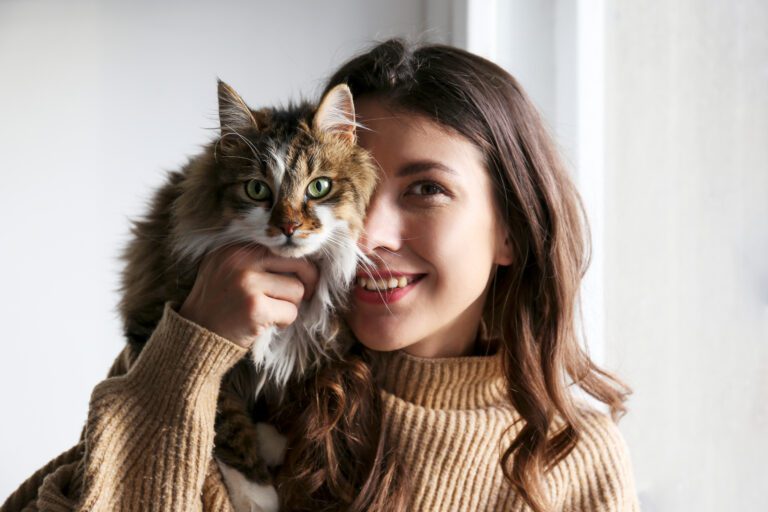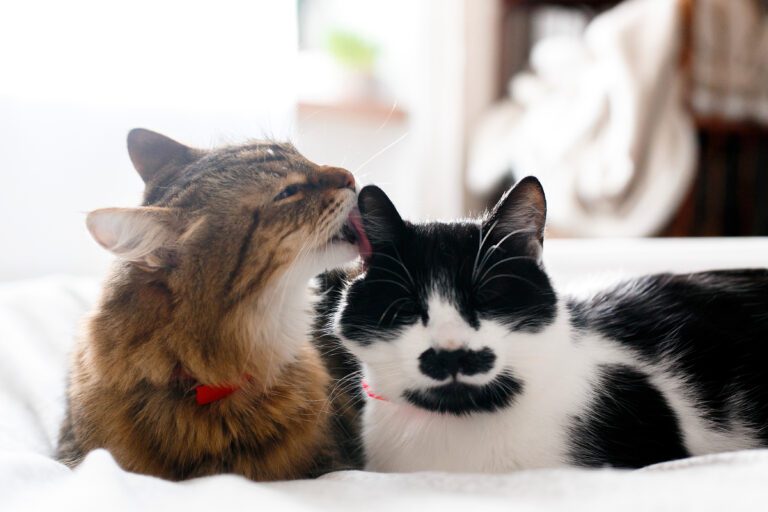Bringing a new furry friend into your home is an exciting experience, but it also comes with certain responsibilities, such as crate training. Crate training is an essential aspect of owning a dog, as it provides them with a safe and comfortable space while promoting good behavior and preventing accidents. While every dog is unique and may require varying degrees of training, some breeds tend to adapt more easily to crate training than others.
In this blog post, we will explore some of the easiest breeds to crate train, helping you set your new companion up for success.
Labrador Retriever:
Labrador Retrievers are known for their friendly and adaptable nature, making them one of the easiest breeds to crate train. These intelligent and eager-to-please dogs respond well to positive reinforcement, making the training process a breeze. With their natural desire to please their owners, Labradors quickly associate the crate with a positive and secure environment.
Golden Retriever:
Similar to Labradors, Golden Retrievers are intelligent, gentle, and highly trainable. Their calm and patient temperament makes them well-suited for crate training. By using positive reinforcement techniques and establishing a consistent routine, you can help your Golden Retriever feel comfortable and secure in their crate, making the training process smoother.
Cavalier King Charles Spaniel:
Cavalier King Charles Spaniels are small, affectionate dogs that thrive on companionship and routine. These lovable and adaptable companions are often easy to crate train due to their desire to be close to their owners. By gradually introducing the crate and creating positive associations, you can successfully crate train a Cavalier King Charles Spaniel.
Bichon Frise:
Bichon Frises are known for their cheerful and sociable nature. They are generally quick learners and respond well to consistent training methods. Crate training a Bichon Frise involves using positive reinforcement and making the crate a comfortable and inviting space. Their adaptable and friendly personality makes the training process relatively easy.
Beagle:
Beagles are intelligent and energetic dogs with a strong sense of smell. While they may have a reputation for being stubborn at times, Beagles are highly motivated by food, which can be used as a positive reinforcement during crate training. By establishing a consistent routine and incorporating rewards, Beagles can become well-adjusted to their crate.

Tips for Successful Crate Training
Regardless of the breed, here are some general tips to ensure successful crate training:
- Start early: Introduce the crate to your dog as soon as you bring them home. This will help them associate the crate with positive experiences from the beginning.
- Make it comfortable: Add a soft bed or blanket, toys, and treats to make the crate inviting and cozy.
- Gradual training: Begin by leaving the crate door open and allowing your dog to explore it voluntarily. Gradually increase the amount of time your dog spends inside the crate, rewarding them for calm behavior.
- Positive reinforcement: Use treats, praise, and rewards to reinforce desired behaviors. Try entering the crate willingly or staying calm while inside.
- Consistency and routine: Establish a consistent schedule for meals, playtime, and crate time to help your dog understand and adapt to the routine.
Crate training requires patience, consistency, and individualized approaches for each dog. Certain breeds tend to be more adaptable and responsive to the process. Labrador Retrievers, Golden Retrievers, Cavalier King Charles Spaniels, Bichon Frises, and Beagles are known to be among the easiest breeds to crate train. Remember to approach crate training with a positive mindset, and don’t forget to shower your dog with praise!
Learn more about preparing your furry friend for storms!






